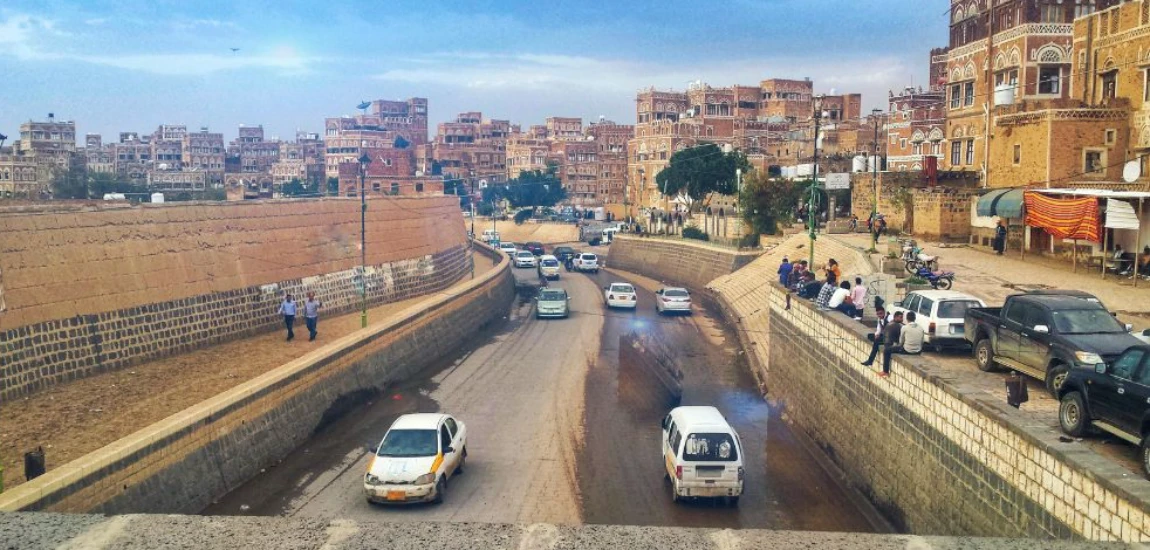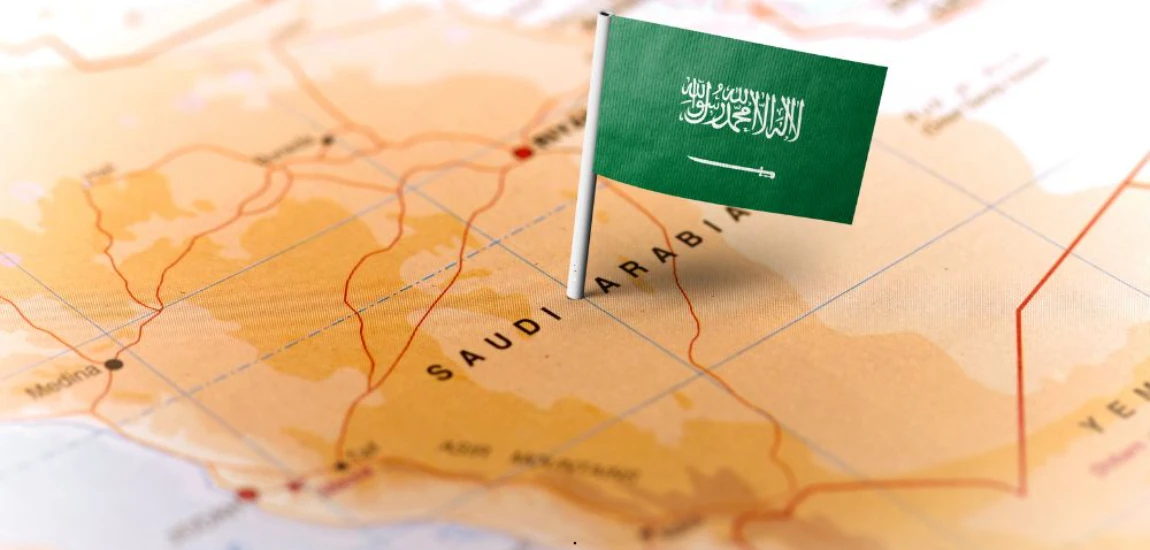Photographer’s Paradise: Capturing Afghanistan’s Stunning Landscapes

Afghanistan is often overlooked as a photography destination, but for those with an adventurous spirit, it offers a canvas of untouched beauty. From towering peaks of the Hindu Kush to serene valleys dotted with ancient ruins, the country is a photographer’s paradise. Whether you're a landscape photographer, a documentarian, or an explorer with a camera, Afghanistan's dramatic scenery and rich culture provide endless opportunities to create memorable images.
In this guide, we’ll explore the best places for photography in Afghanistan, offer practical tips for photographers, and highlight hidden gems worth capturing on your journey.
The Allure of Afghanistan’s Landscapes
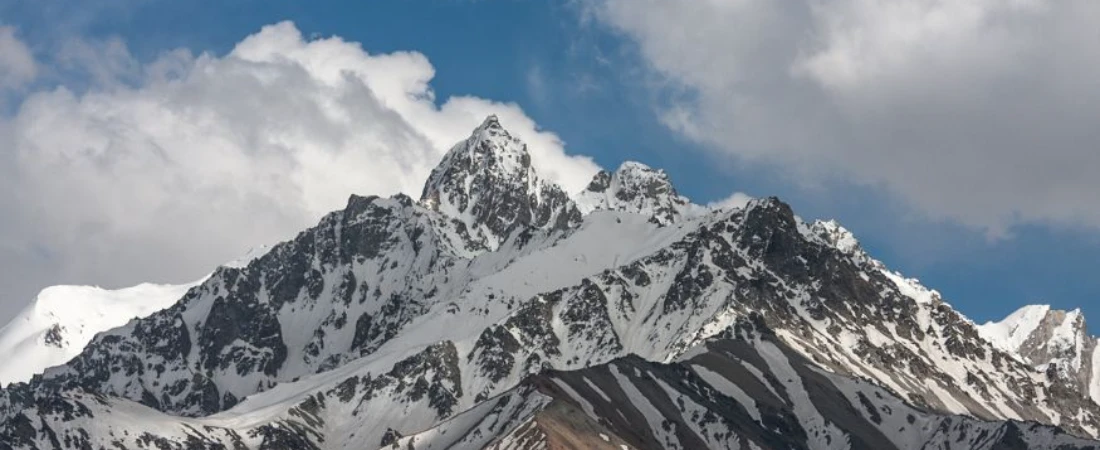
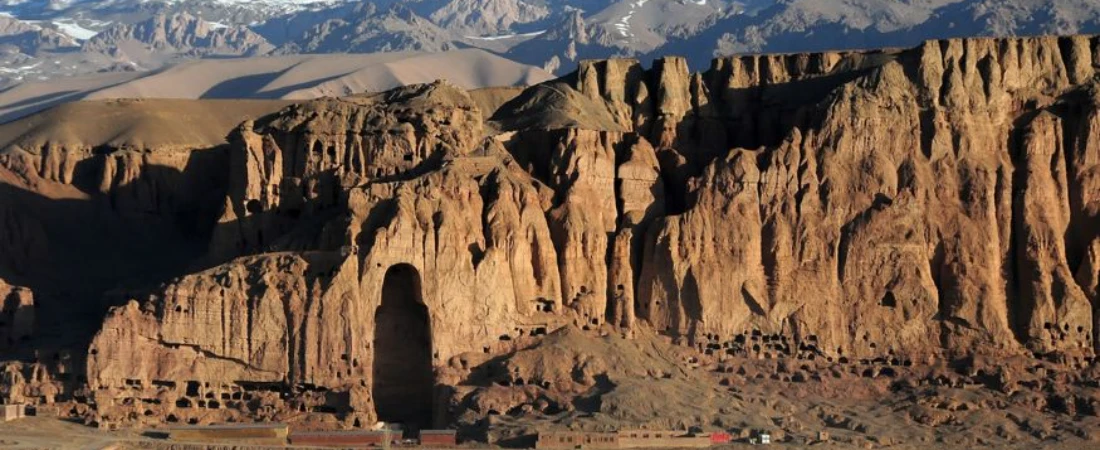
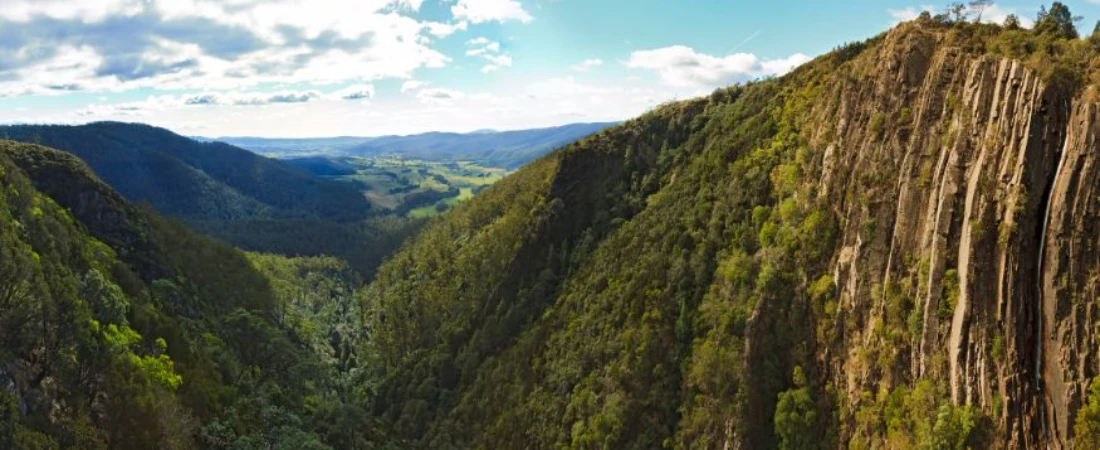
Afghanistan’s geography is as diverse as it is stunning. The rugged mountains, sweeping deserts, fertile valleys, and ancient cities create a unique mix that few countries can rival. Photographers will find magic in:
- The Hindu Kush Mountains – These formidable peaks dominate northern Afghanistan, offering breathtaking backdrops at sunrise and sunset.
- Bamiyan Valley – Famous for the former Buddhas of Bamiyan and dramatic sandstone cliffs, this UNESCO World Heritage Site is a dream for history and landscape photographers.
- Panjshir Valley – Known for its lush greenery and rushing rivers, this valley contrasts beautifully against the surrounding arid regions.
- Band-e Amir National Park – Afghanistan’s first national park boasts a series of deep blue lakes surrounded by limestone cliffs perfect for vibrant landscape shots.
- The Wakhan Corridor – A remote region with snow-capped mountains and friendly nomadic communities, ideal for cultural and landscape photography.
Top Photography Destinations in Afghanistan
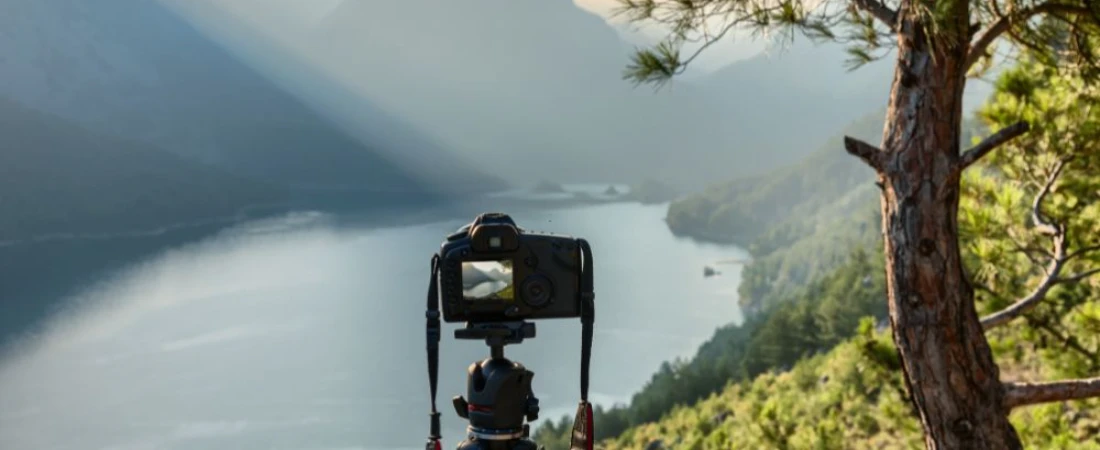
1. Bamiyan Valley
The Bamiyan Valley blends natural beauty with cultural heritage. Early morning light illuminates the sandstone cliffs and the niches where the ancient Buddha statues once stood. Photographers can experiment with both wide-angle and telephoto lenses to capture the scale and texture of this hauntingly beautiful site.
Tip: Use golden hour light to enhance the warm tones of the cliffs.
2. Band-e Amir National Park
This series of six lakes offers vibrant turquoise water framed by stark cliffs. The reflections at sunrise or sunset can produce mirror-like compositions that are simply breathtaking.
3. The Hindu Kush
The Hindu Kush range offers dramatic peaks, remote villages, and high-altitude passes that challenge both hikers and photographers. Capturing the play of light and shadow across the ridges can result in powerful black-and-white images.
4. Herat’s Old City
For those seeking urban photography, Herat’s blue-tiled mosques, ancient citadel, and bustling bazaars provide endless inspiration. The blend of Persian and Central Asian architectural styles makes for intricate detail shots.
5. The Wakhan Corridor
Remote and pristine, this region lets you document nomadic life against one of the most dramatic mountain backdrops in Central Asia. The hospitality of the Wakhi and Kyrgyz people often makes for compelling portraiture.
Photography Tips

Respect Local Customs
While many Afghans are warm and welcoming, always ask permission before photographing people, especially women and elders. A respectful approach builds trust and often leads to better images.
Embrace Natural Light
Afghanistan’s clear skies and high-altitude settings offer incredible natural light. Plan shoots during sunrise, sunset, and twilight for the most dramatic results.
Pack Versatile Gear
A lightweight DSLR or mirrorless camera paired with a wide-angle lens (for landscapes) and a telephoto lens (for distant peaks or candid street shots) is ideal. A sturdy travel tripod will help with low-light conditions and long exposures at places like Band-e Amir.
Prepare for the Elements
From dust storms in the south to snow in the high passes, Afghanistan’s environment can be harsh. Protect your gear with weatherproof covers and bring lens cleaning kits.
Hidden Gems: Off-the-Beaten-Path Spots
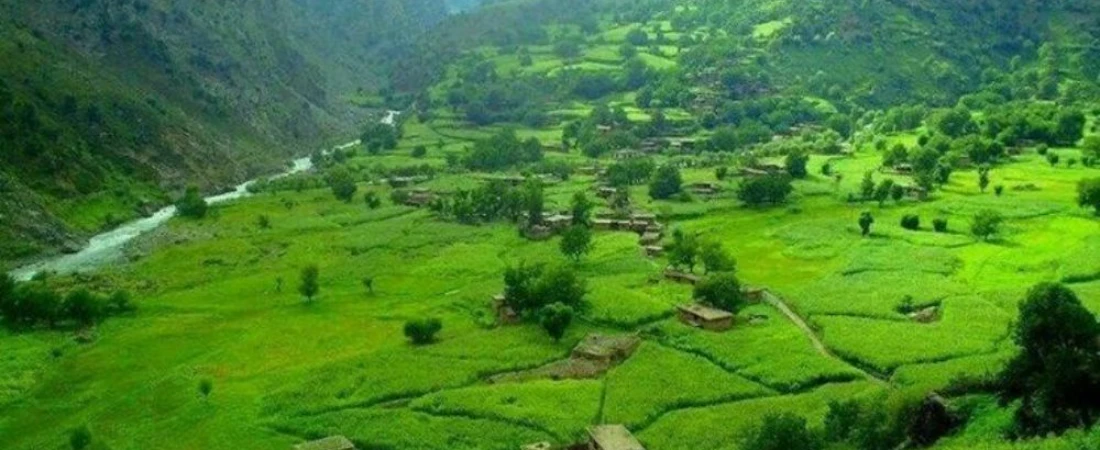
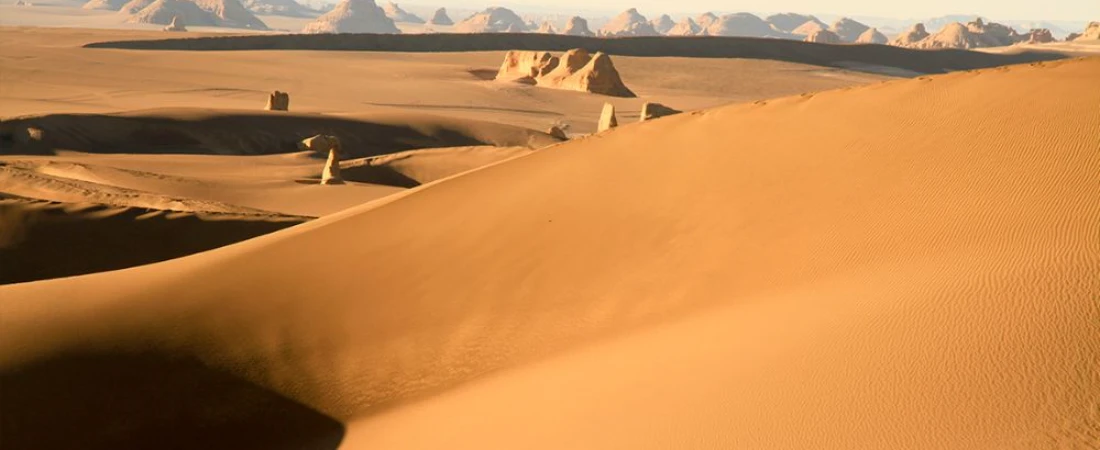
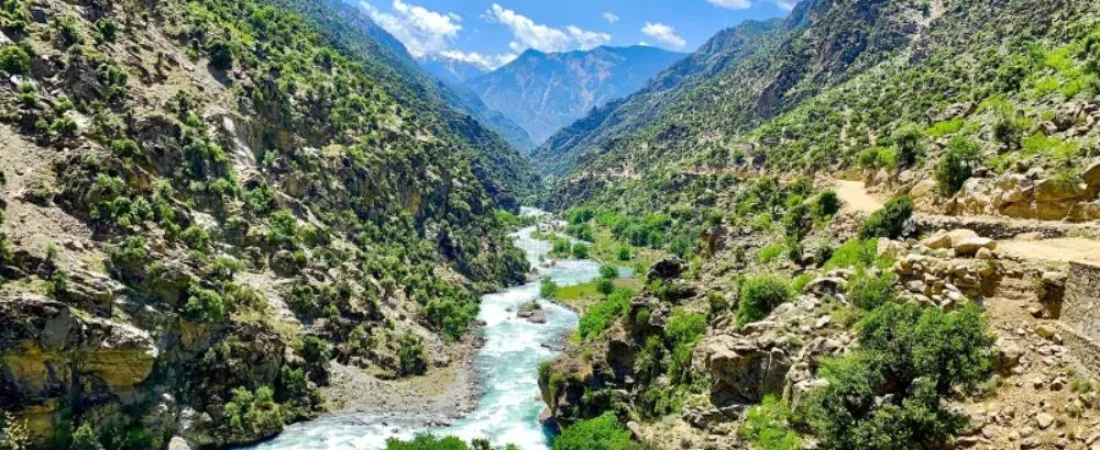
Nuristan
Known as the “Land of Light,” Nuristan’s alpine forests and terraced villages remain largely unexplored by tourists. Its unique cultural identity and spectacular scenery provide rich photographic material.
Dasht-e Margo (Desert of Death)
This stark desert landscape stretches endlessly, with rippled sand dunes and stark rock formations. It’s ideal for minimalist compositions.
Kunar River Valley
Lush, green, and edged by dramatic mountains, the Kunar River Valley offers vibrant contrasts between water, forest, and stone.
Practical Considerations for Photographers
- Security & Permits: Check travel advisories and obtain necessary permits, especially for sensitive regions or historical sites. Working with a local guide can provide both safety and unique access.
- Connectivity: Internet access is limited in rural areas, so plan for offline backups and bring sufficient memory cards.
- Cultural Sensitivity: Understand that some places, like mosques or military zones, may prohibit photography altogether.
Conclusion
For photographers willing to go beyond conventional destinations, Afghanistan offers a rich tapestry of stunning landscapes, ancient history, and resilient cultures. From the majestic Hindu Kush to tranquil lakes and vibrant valleys, every corner of this country tells a visual story waiting to be captured.
While challenges such as security and logistics remain, those who make the journey are rewarded with rare opportunities to document a land of contrasts and beauty. Whether you’re drawn by the architecture of Herat, the serenity of Band-e Amir, or the stark grandeur of the Hindu Kush, Afghanistan promises unforgettable frames for your portfolio.


